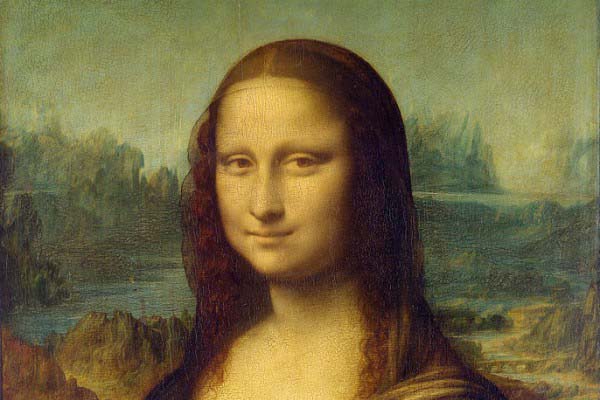Scientists Discover the Legendary Secret Behind the ‘Mona Lisa’ Smile

One of the greatest mysteries in art history has been solved: British academics say they have discovered the secret behind the smile of Leonardo da Vinci’s Mona Lisa by studying a recently discovered portrait by the Renaissance master, La Bella Principessa.
By comparing the techniques employed in the two works, scientists from Sheffield Hallam University claim to have proved that the enigmatic “now you see it, now you don’’t” effect of the Mona Lisa smile was intentional on the part of da Vinci. They have named it “the uncatchable smile.”
The epiphany came by studying La Bella Principessa. The earlier painting, which portraits the young illegitimate daughter of a Milanese Duke, has the same effect as the Mona Lisa: from some angles the young lady seems to be smiling, from others, the smile appears to have vanished.
“La Bella Principessa‘s mouth appears to change slant depending on both the viewing distance and the level of blur applied to a digital version of the portrait,” the researchers wrote in a paper published in the journal, Vision Research, according to the Telegraph. “Through a series of psychophysics experiments, it was found that a perceived change in the slant of La Bella Principessa‘s mouth influences her expression of contentment.”
Volunteers were asked to look at the painting from a variety of angles and distances. The conclusion was that, when focusing on the eyes of the painting, viewing from a distance, or when digitally blurred, a delicate smile could be seen. When viewed close up, or focusing on the mouth, however, the smile disappears.
The effect, evident in both paintings, was achieved by using the sfumato (which means “soft” or “pale” in Italian) technique, which uses color and shading to create an optical illusion around the mouths.
“The results from the experiments support the hypothesis that there is a gaze-dependent illusory effect in the portrait of La Bella Principessa,” said Alessandro Soranzo of Sheffield Hallam’s psychology department. “Although it remains a question whether the illusion was intended, given Leonardo’s mastery of the technique and its subsequent use in the Mona Lisa, it is quite conceivable that the ambiguity of the effect was intentional, based on explicit artistic skill and used in line with Leonardo’s maxim that portraits should reflect some ‘inner turmoil of the mind.'”
News of the day




